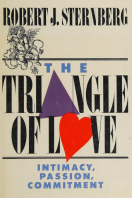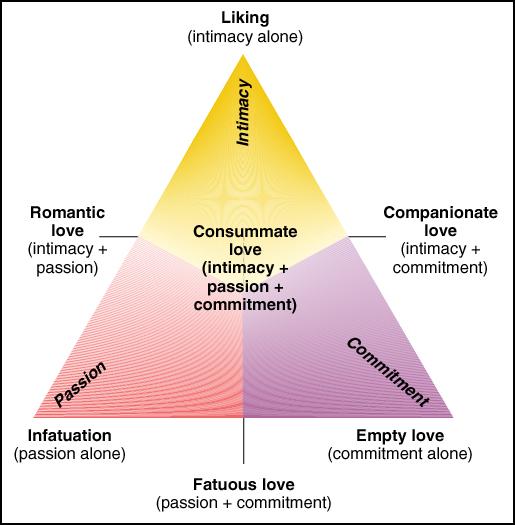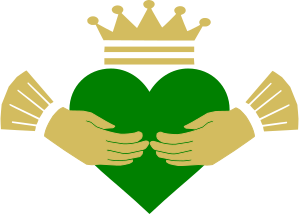 |
Full Title: | The Triangle of Love: Intimacy, Passion, Commitment |
|---|---|---|
| Author(s): | Robert J. Sternberg | |
| Publishing / Edition: | Basic Books, Inc., 1988 |
 |
Full Title: | The Triangle of Love: Intimacy, Passion, Commitment |
|---|---|---|
| Author(s): | Robert J. Sternberg | |
| Publishing / Edition: | Basic Books, Inc., 1988 |


We've evolved three distinctly different brain systems for mating and reproduction. One is the sex drive linked with testosterone in both men and women. The second is romantic love. We've been able to prove this is linked with the dopamine system in both men and women. That's what gives you the focus, the motivation, the obsession. And the third brain system is attachment, that sense of calm and security you can feel with a long-term partner.So, to relate all three of them together:
| Biological Brain System + Main Neurochemical |
Historical Claddagh Symbol |
Psychological Triangle of Love Model |
|---|---|---|